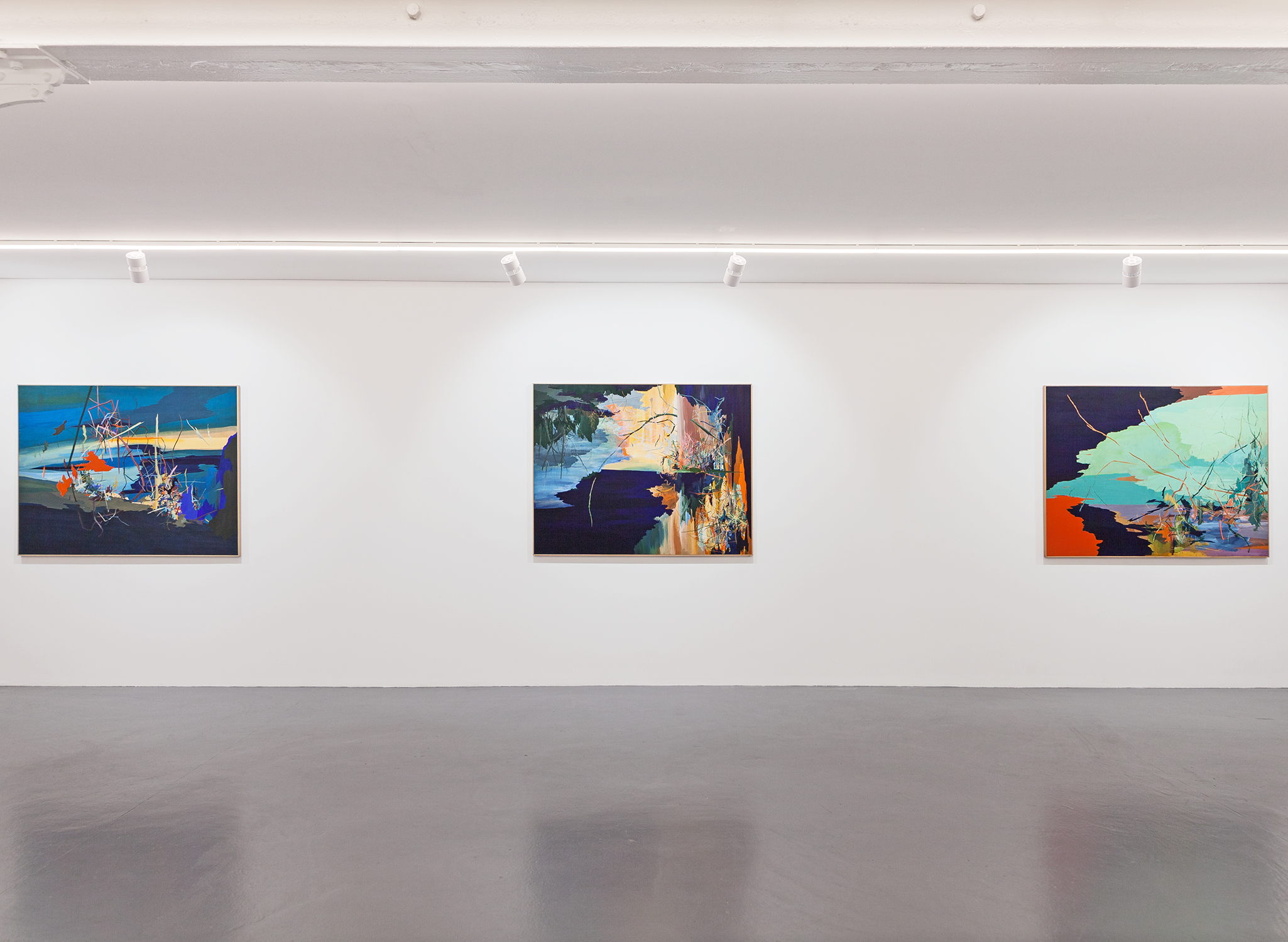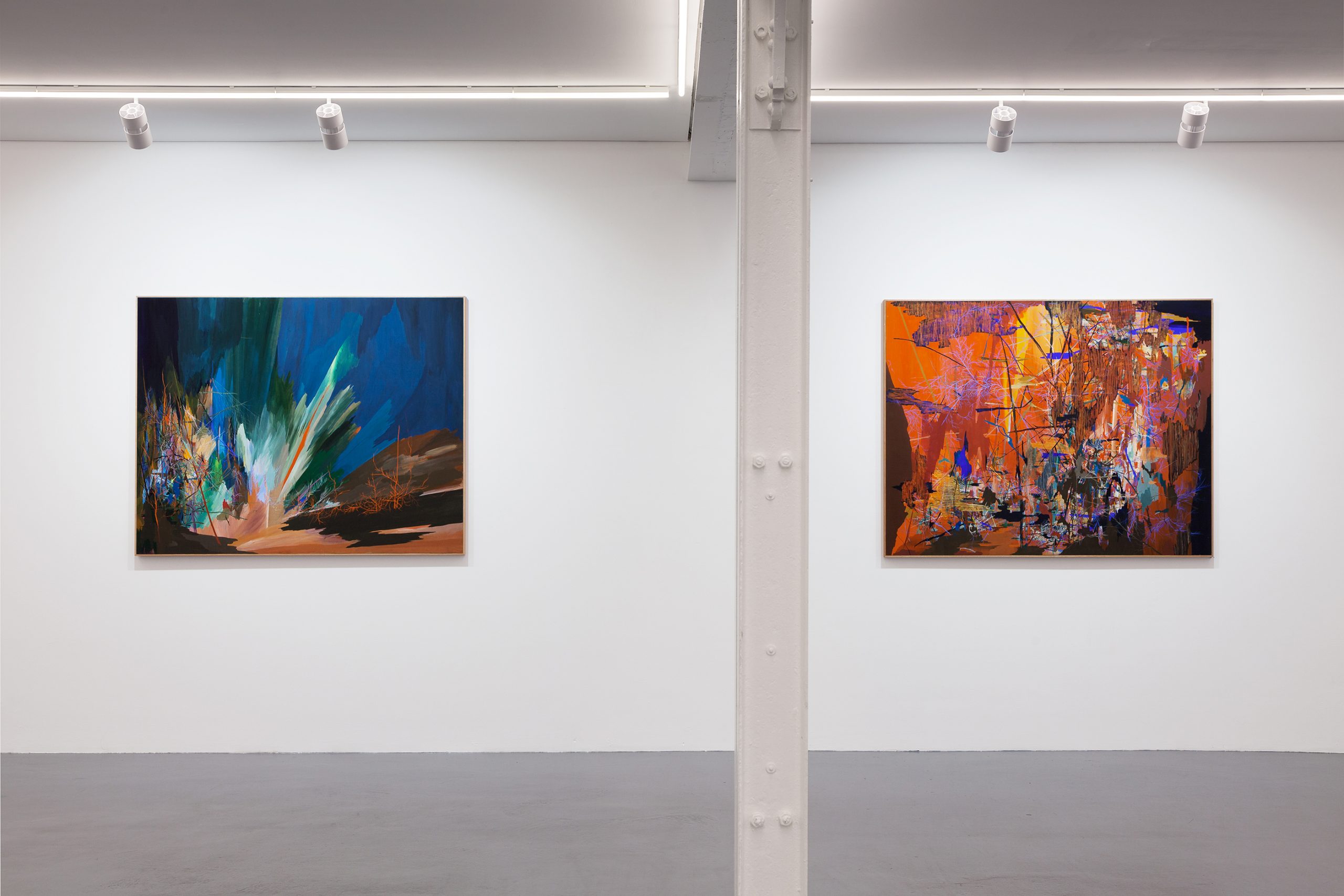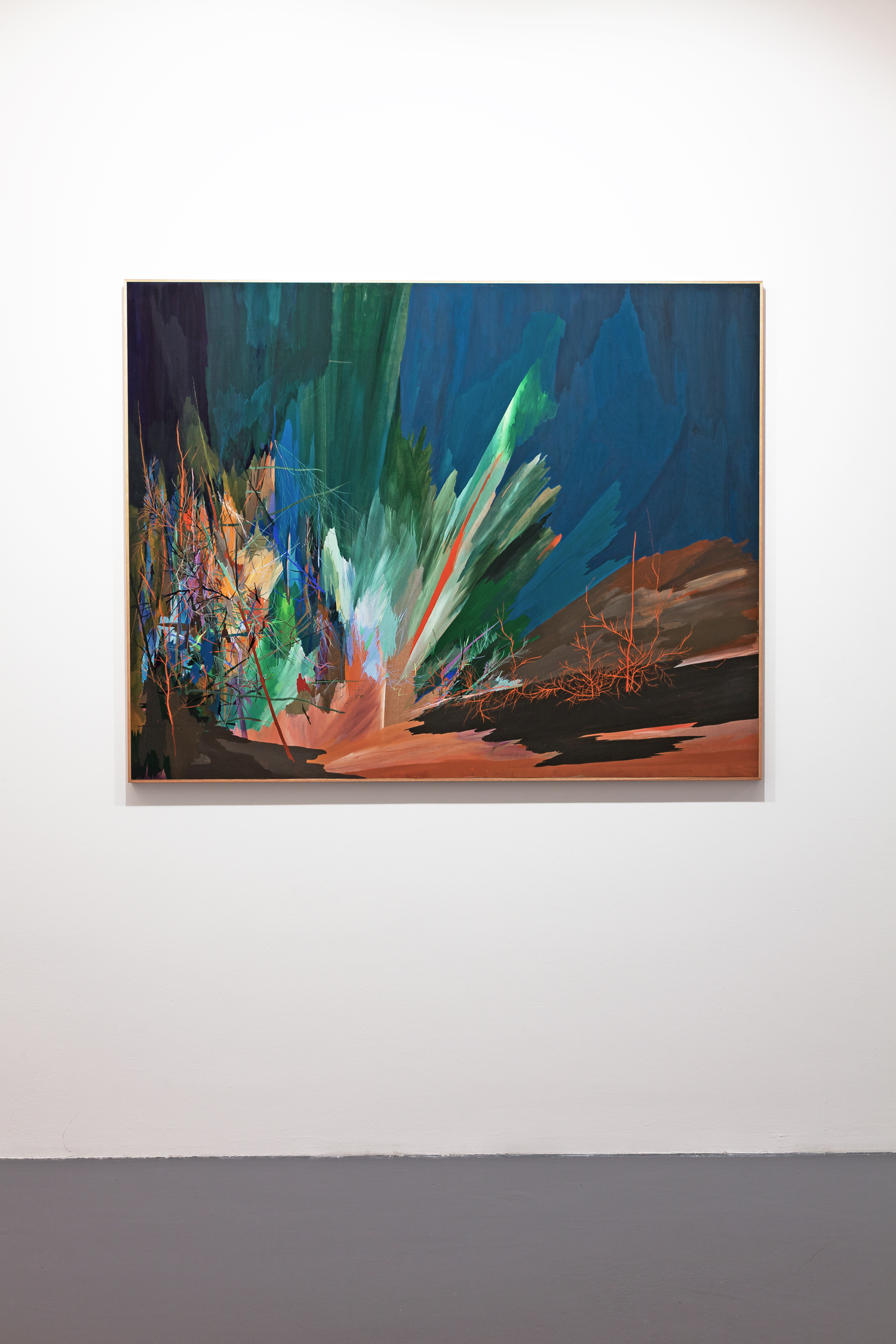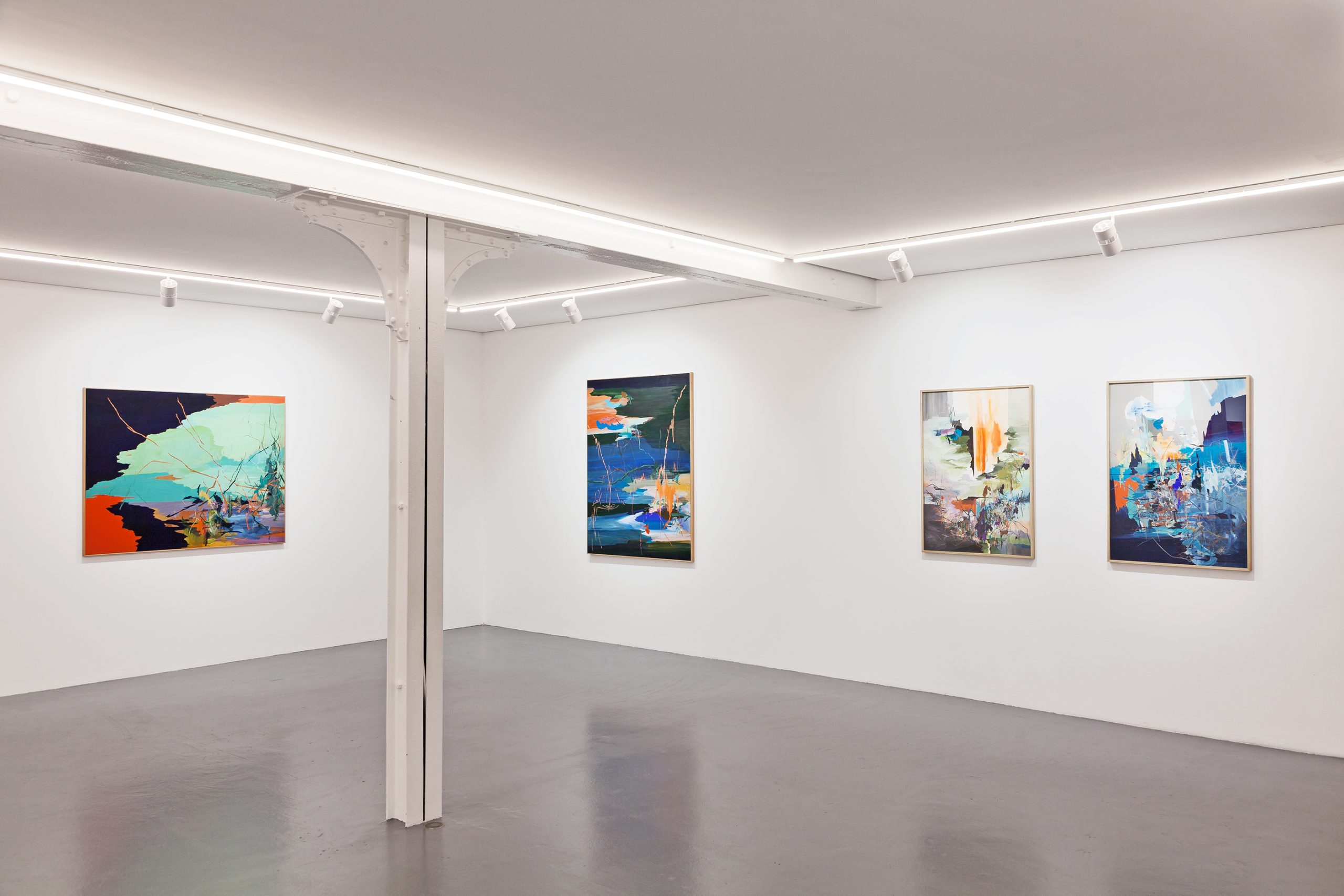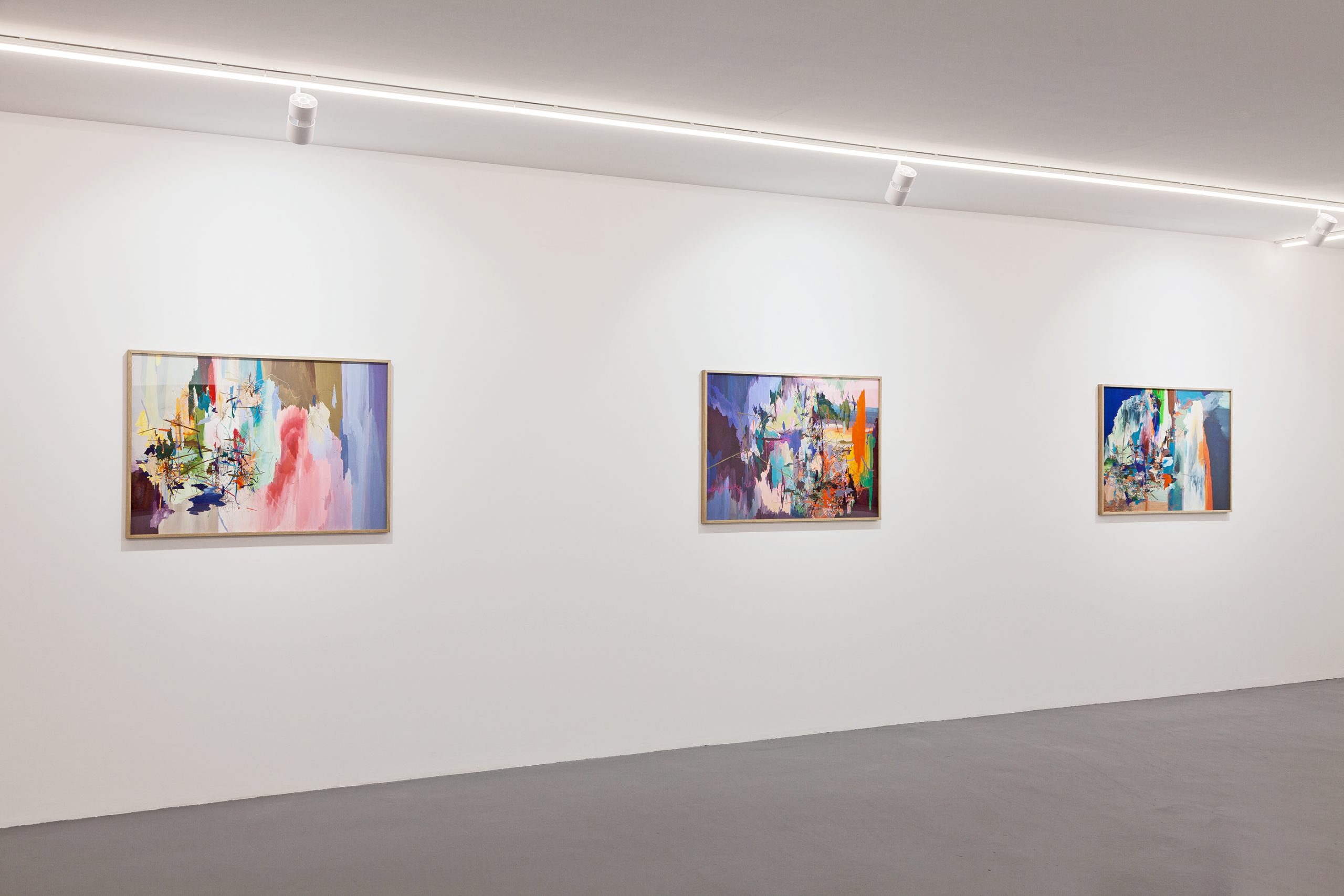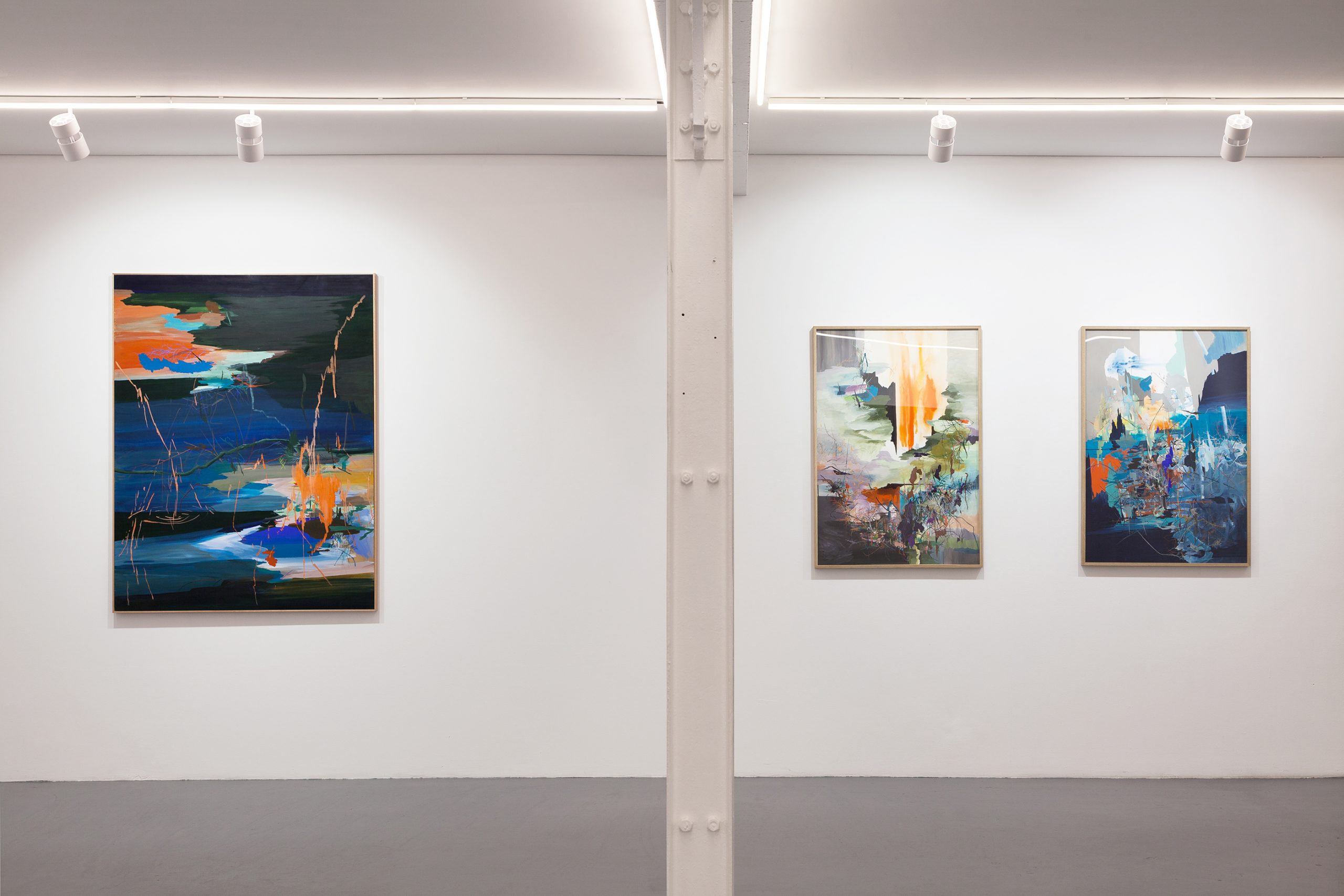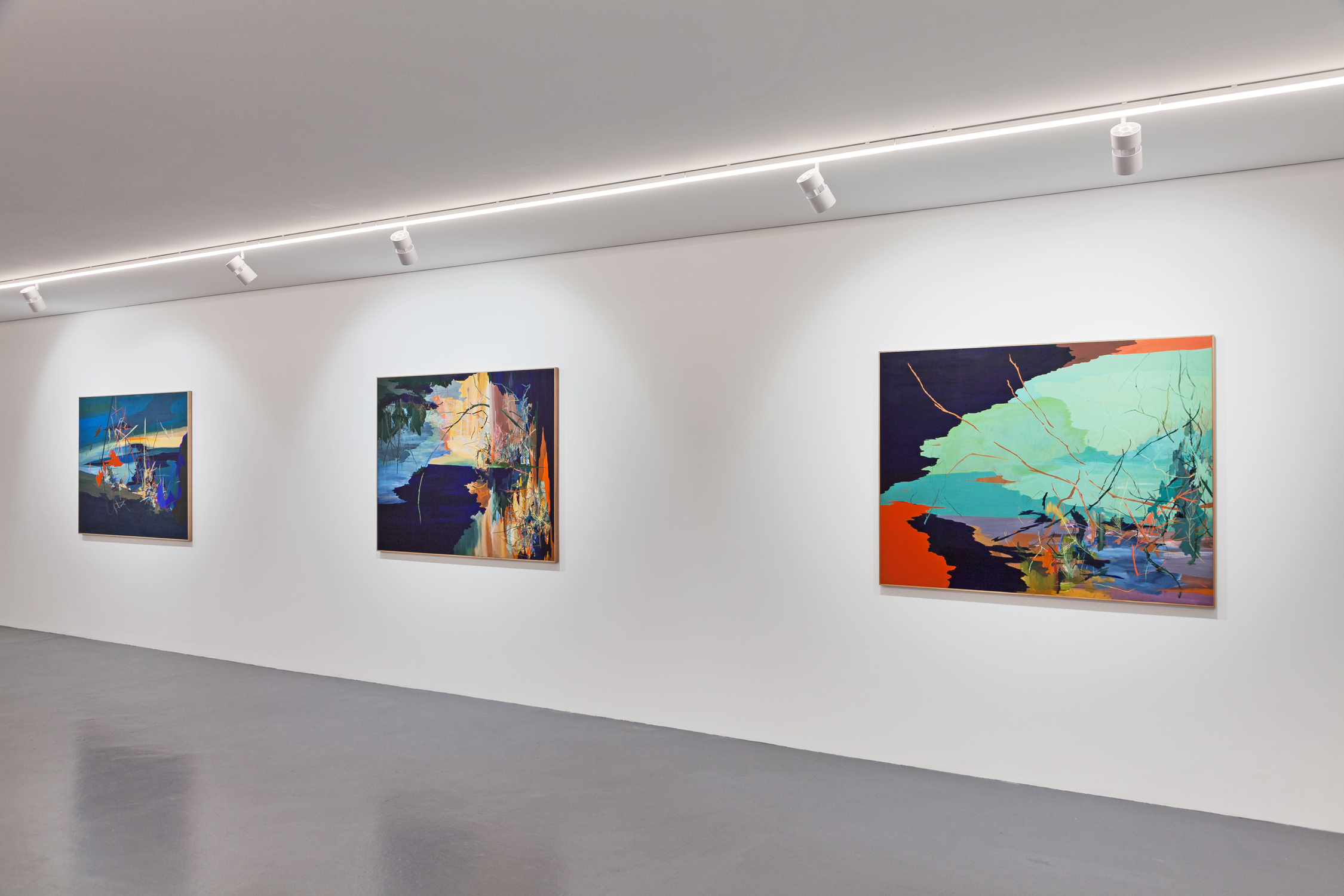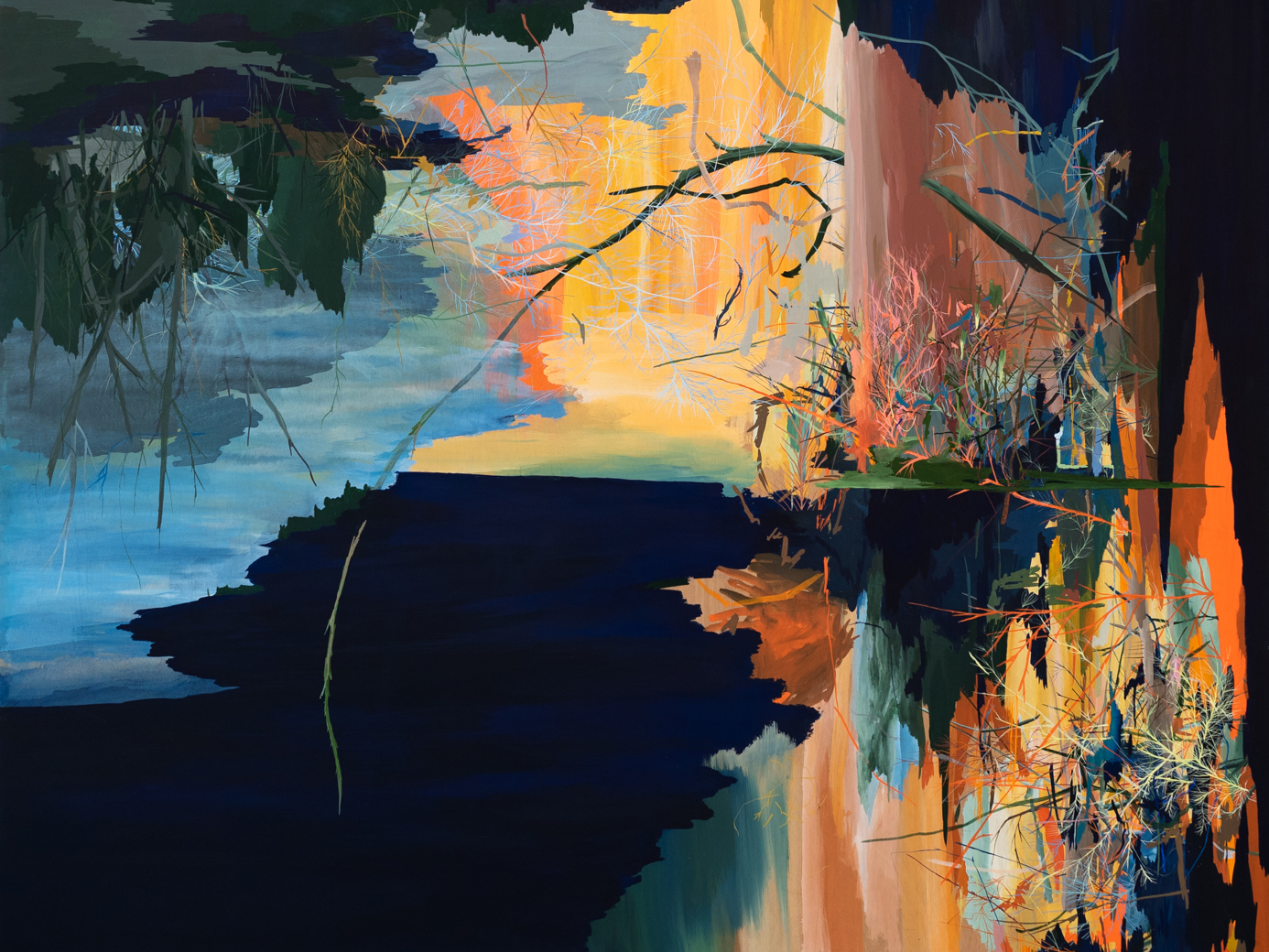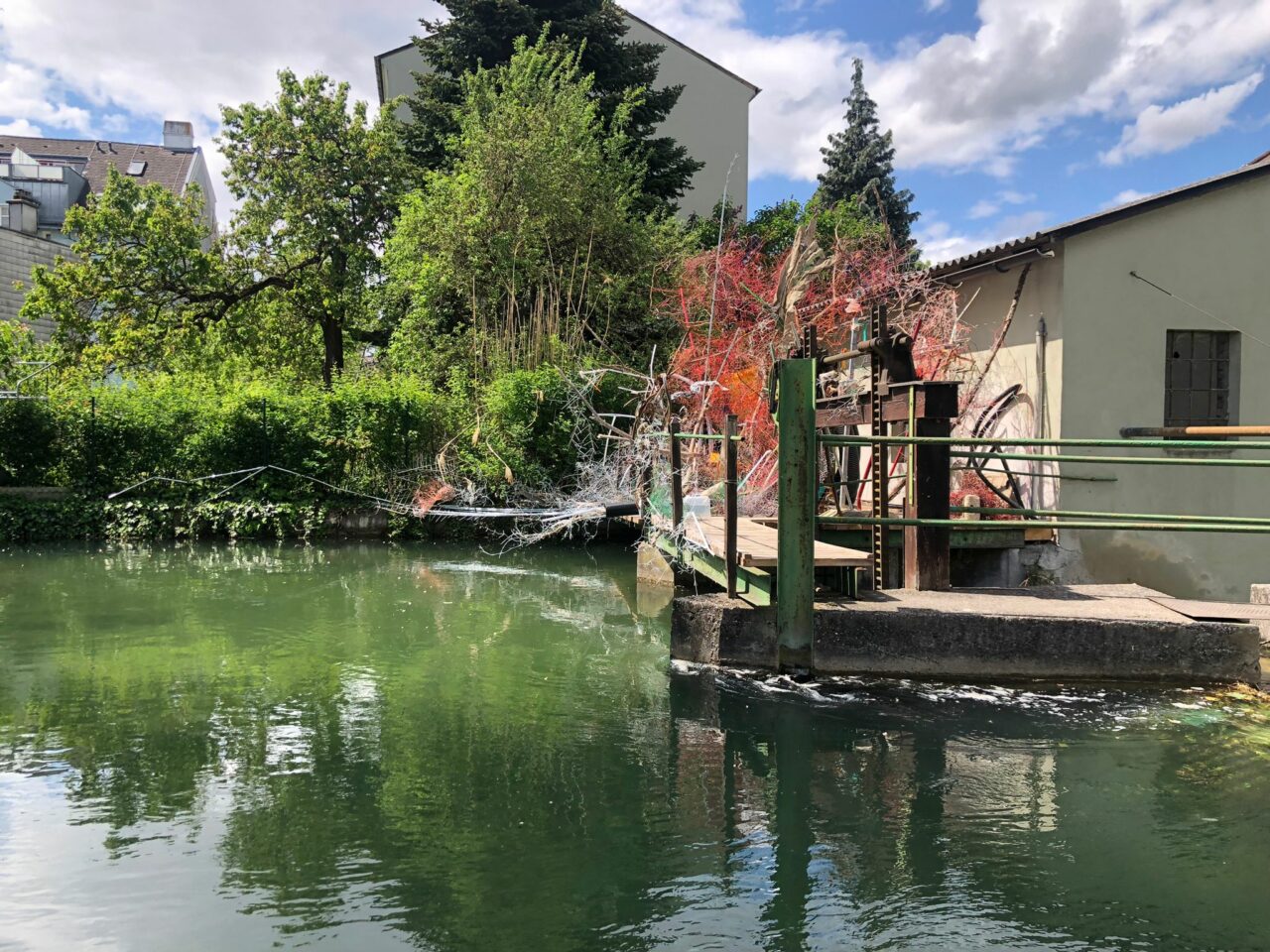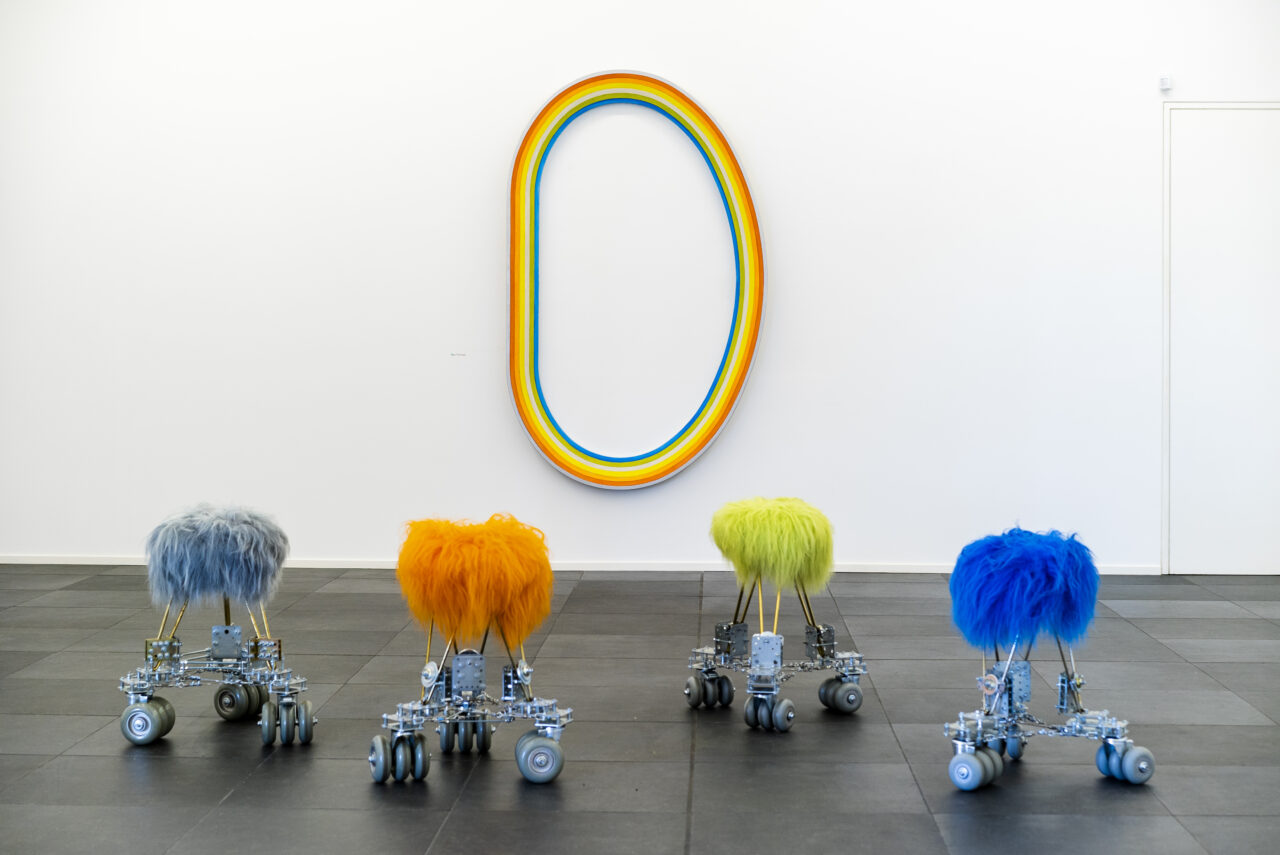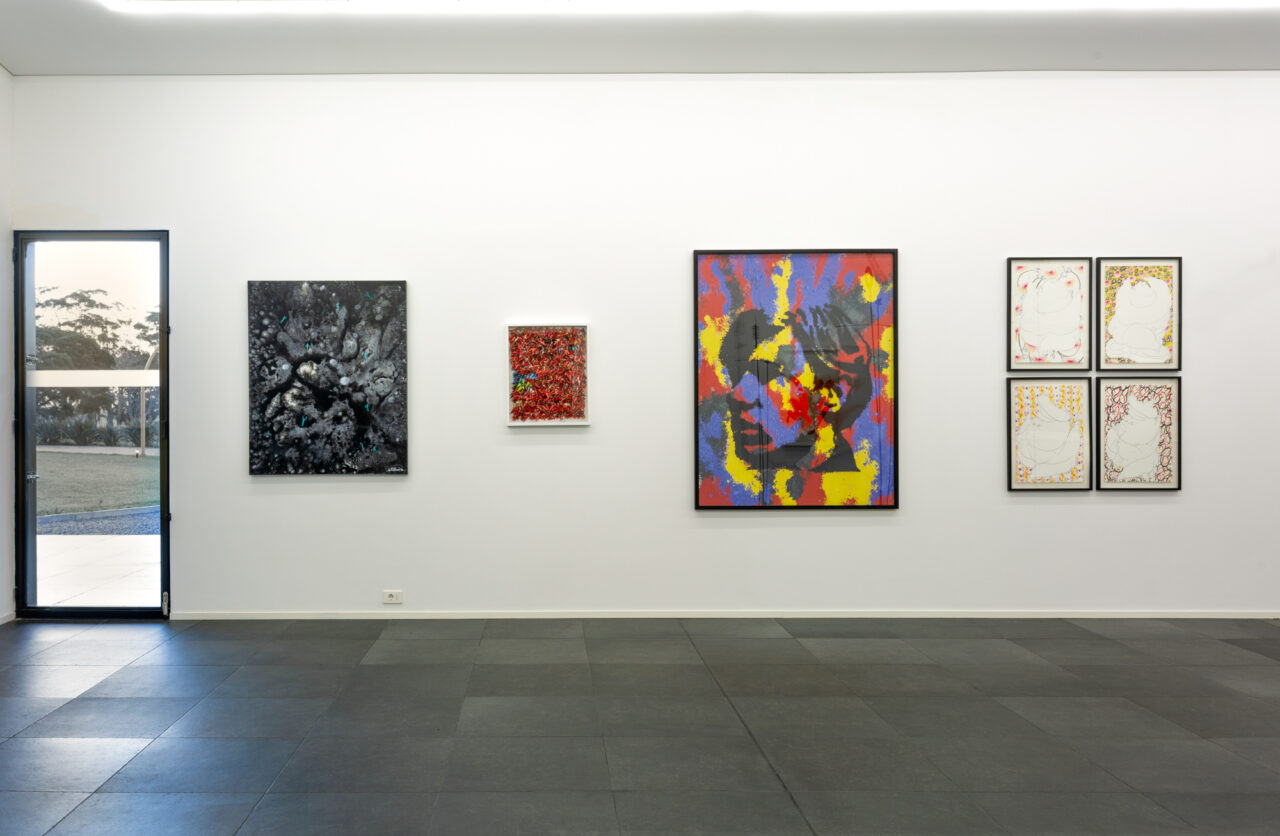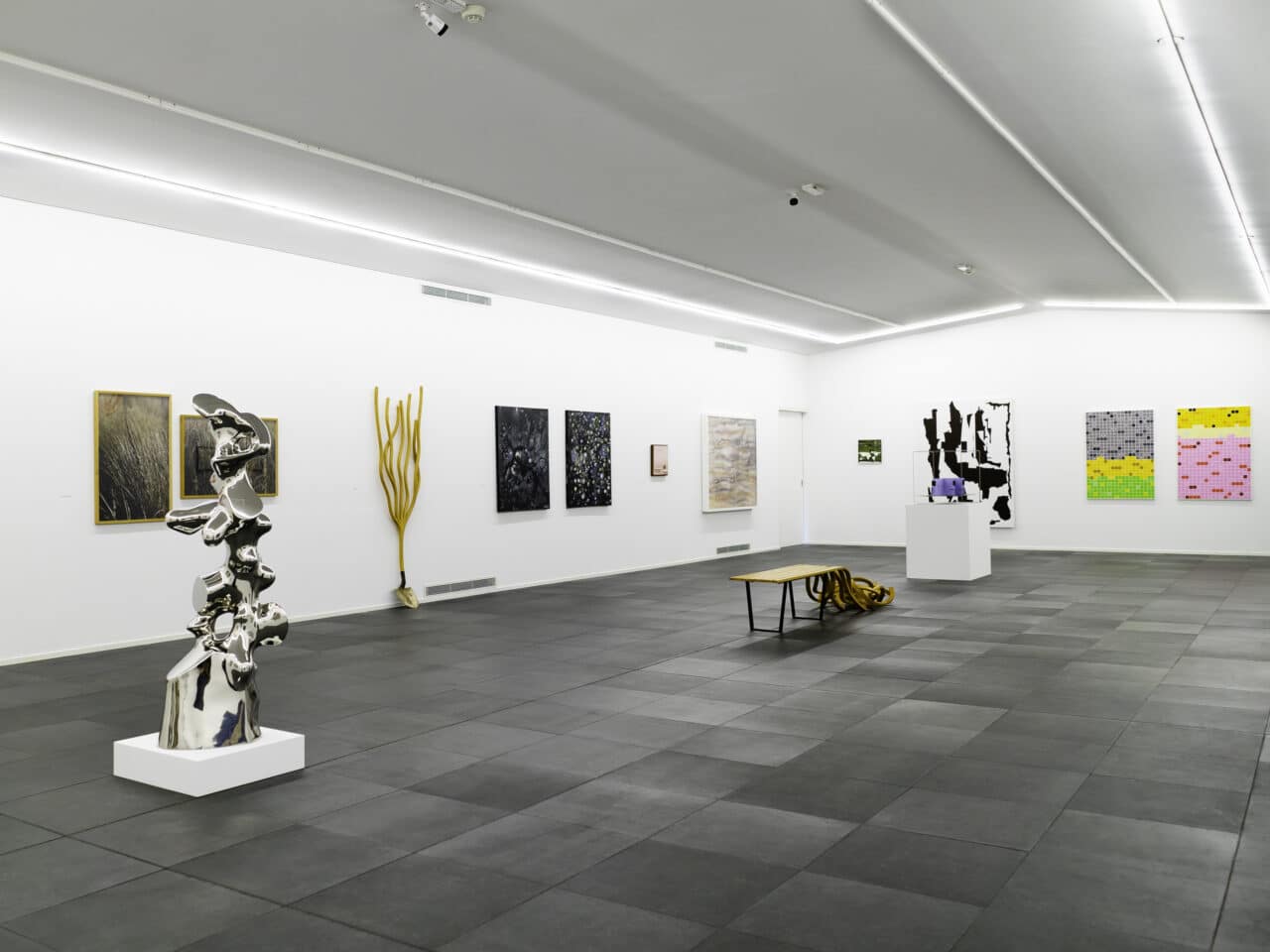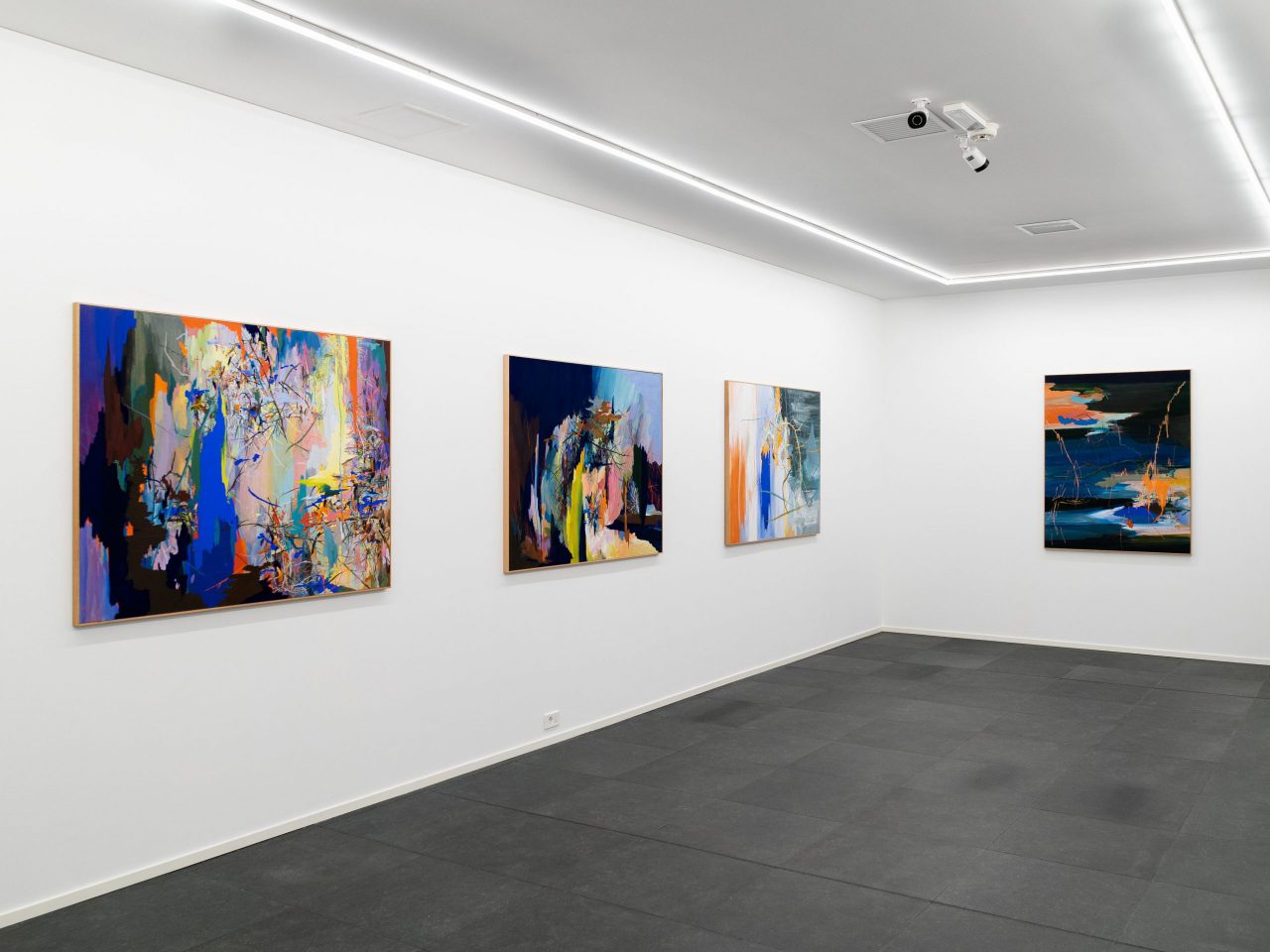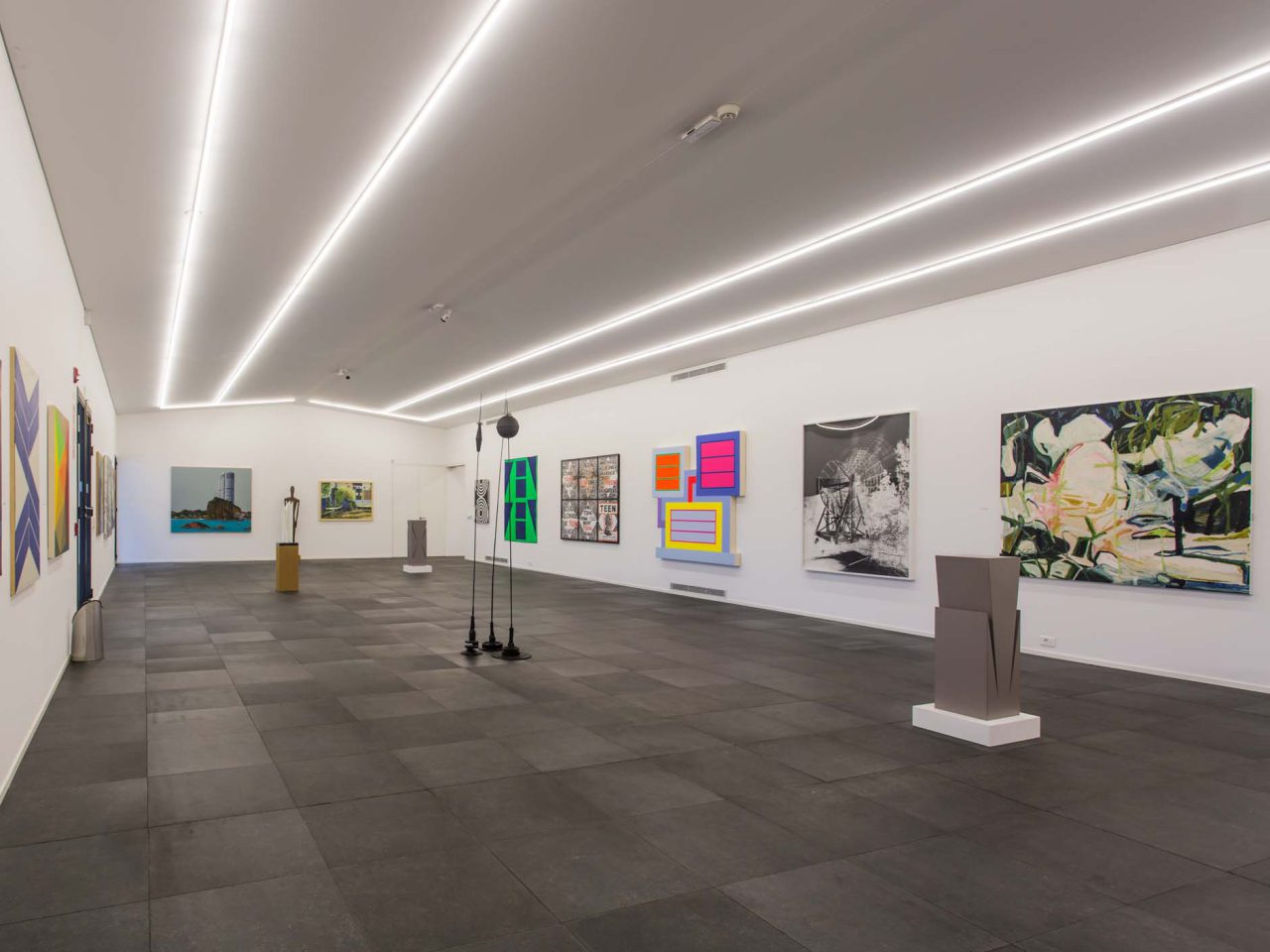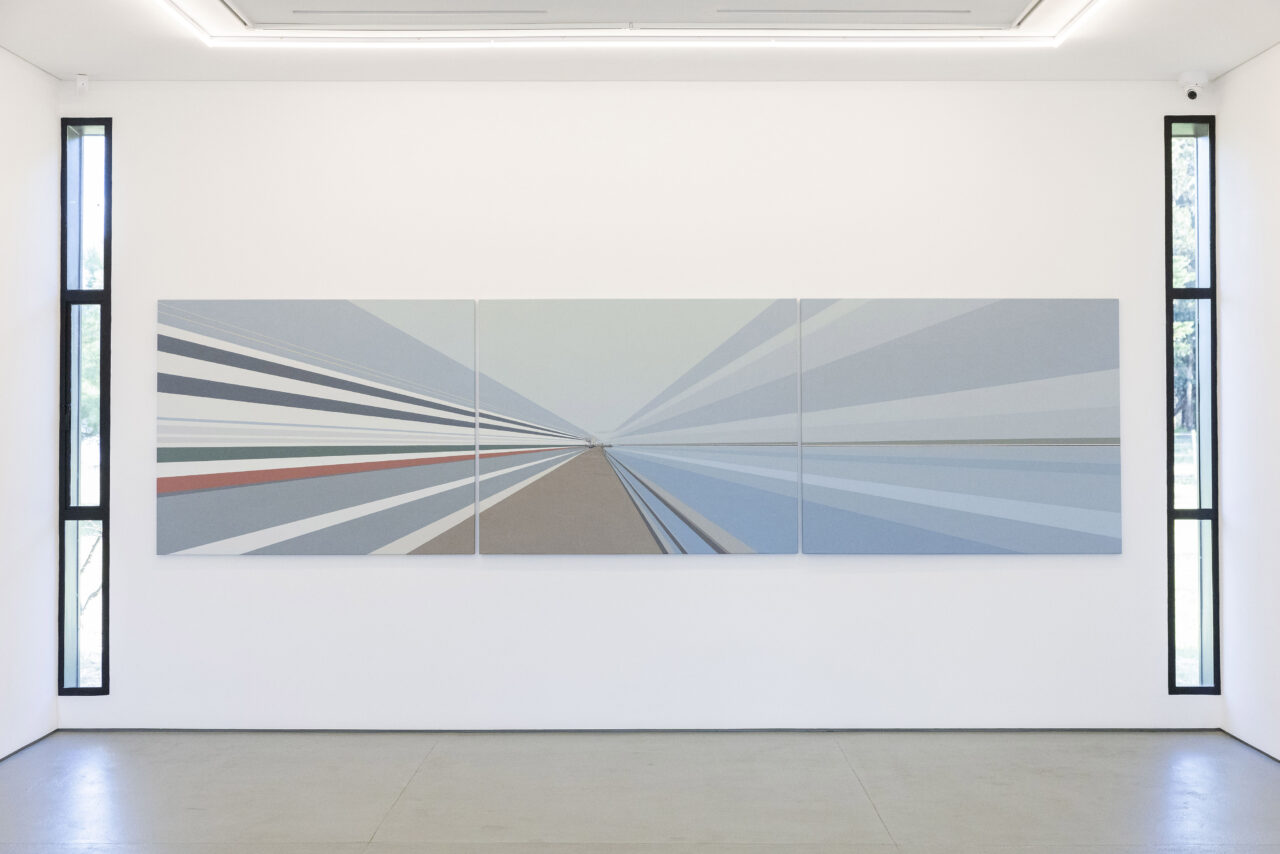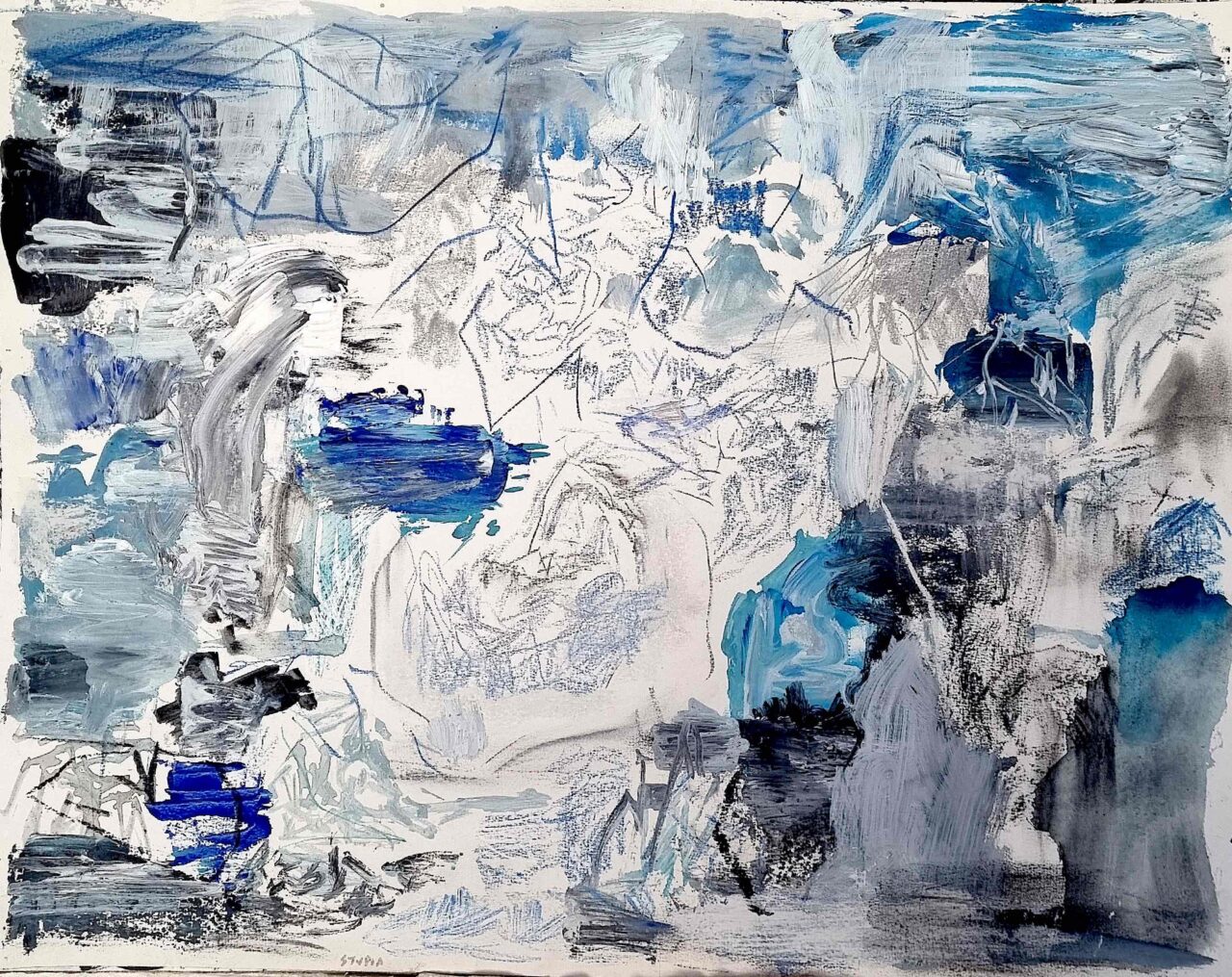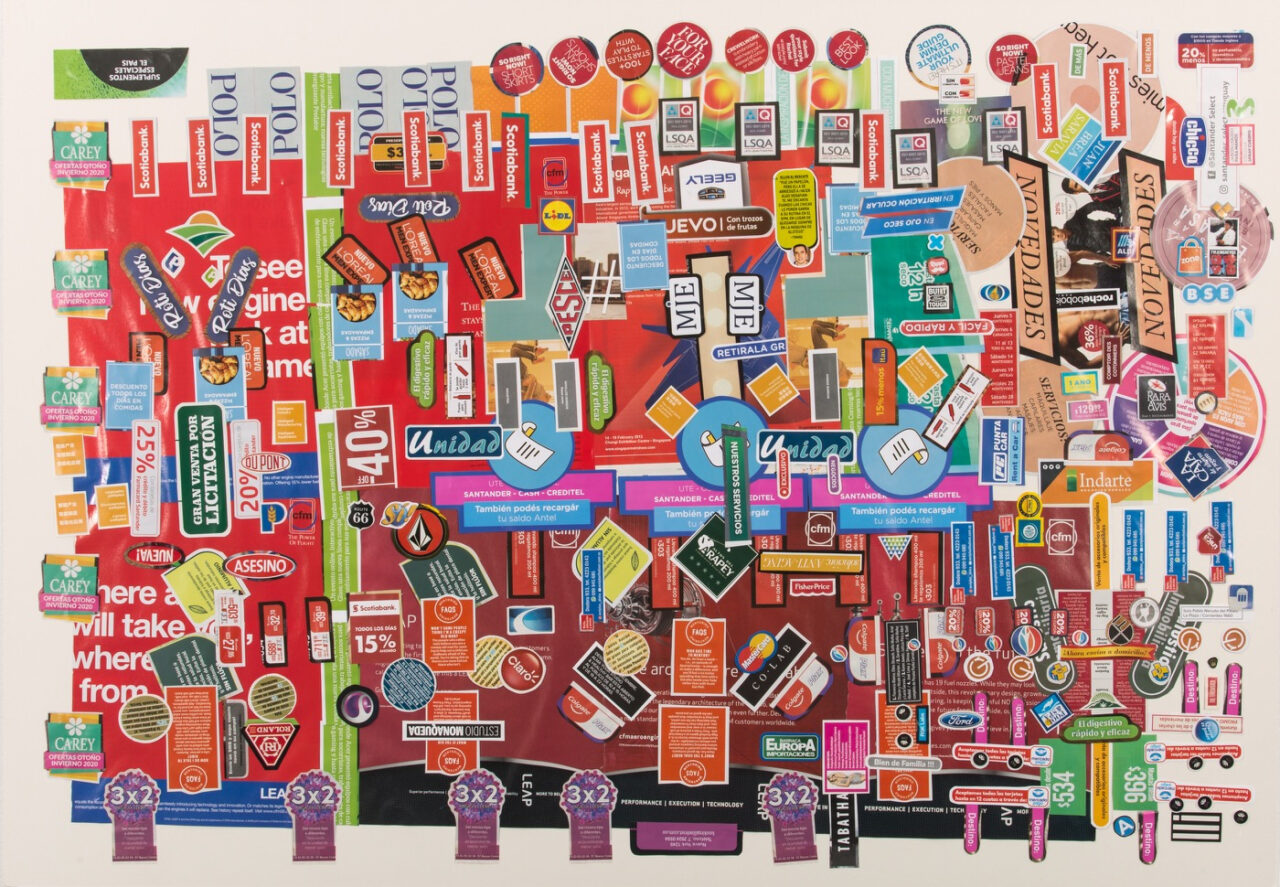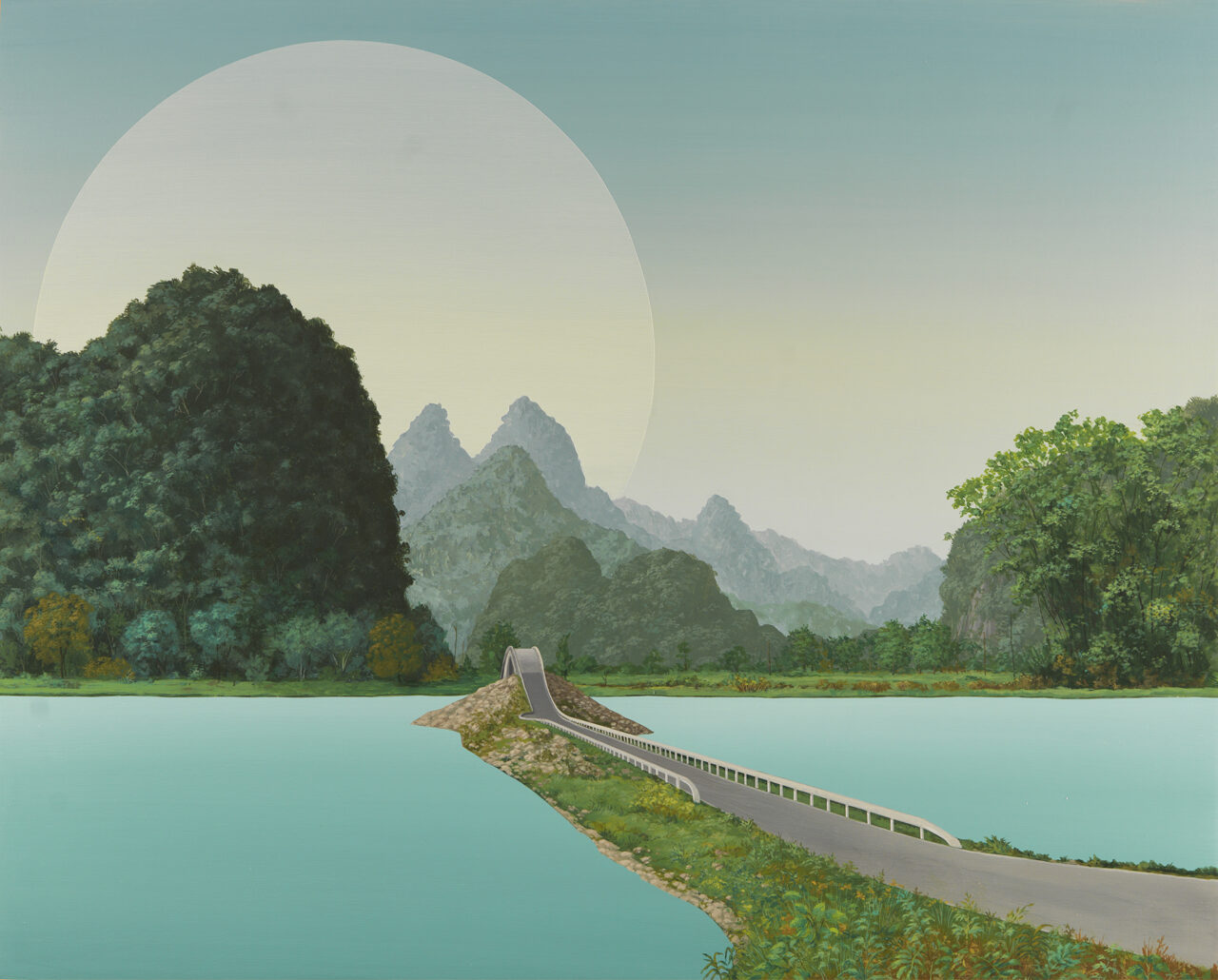Rita Fischer – Extatique
Rita Fischer
Extatique
19.06.21 → 31.07.21
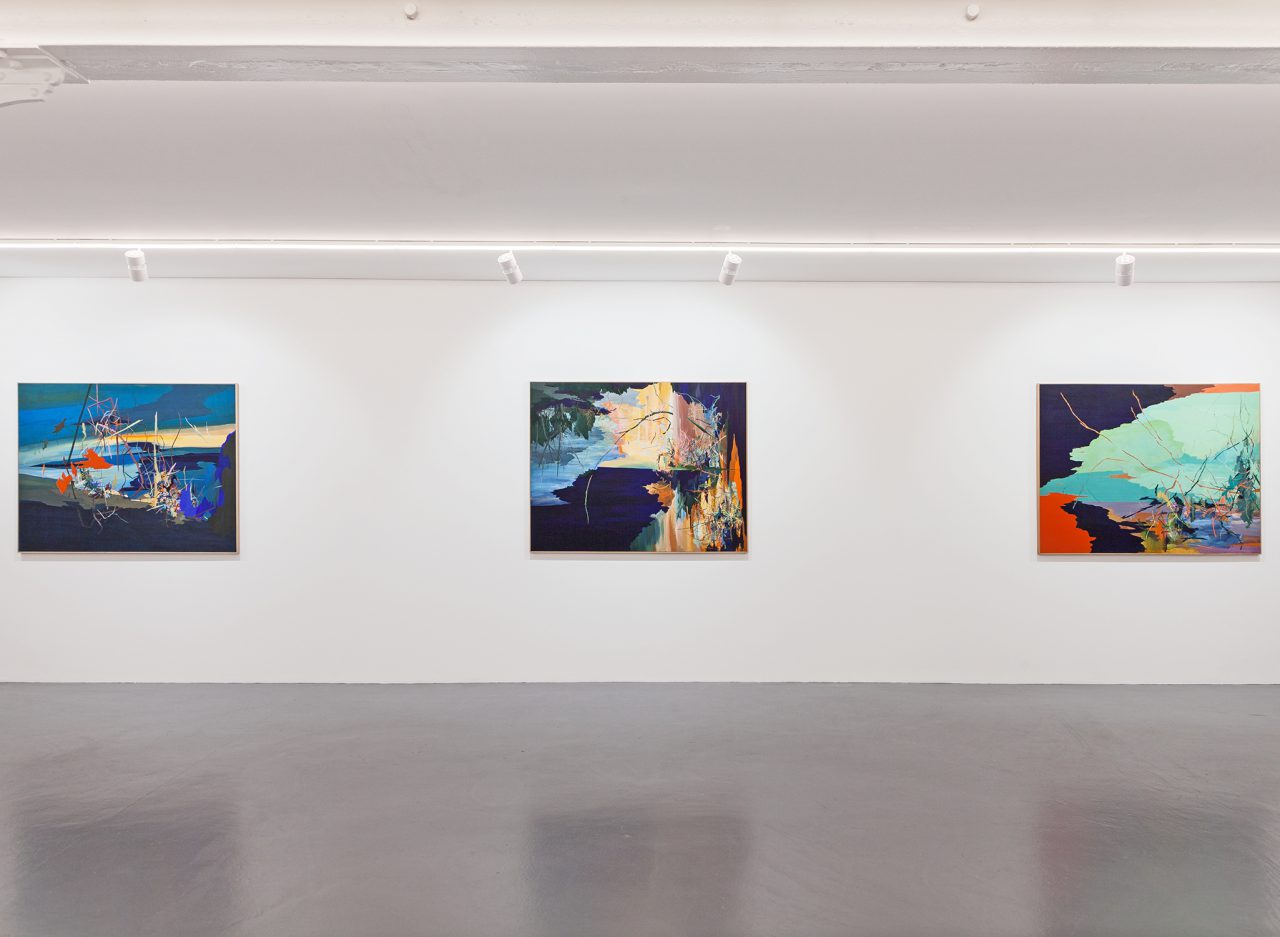
Curated by Manuel Neves
Xippas is pleased to present the first solo exhibition by the Uruguayan artist Rita Fischer in its Parisian space. Entitled Extatique, the exhibition will include a previously unseen set of paintings created by the artist during the recent isolation period spent in the Uruguayan countryside. The exhibition, curated by Manuel Neves, features a series of gouaches on paper, and a larger-format series of temperas on wooden panels.
“This series of work can be seen as the completion of a ten-year cycle of aesthetic and formal explorations and experiments, and their potential narrative signifiers. This creative period began in late 2008, continued throughout the artist’s ten-year-long stay in Paris and Berlin, and bore its first fruits in the exhibition Deriva at the Galerie Jeune Création in Paris, in June 2009. In this project, the artist has abandoned the use of photographic images as models, which previously defined the visuality of her work whilst simultaneously linking it in some way to reality. Instead, she approaches experimentation in an uncertain space of representation, oriented towards abstraction, that is, towards ambiguity and the enigmatic, in the simplest sense of the term.
In the same way, although the figurative and the abstract cannot be clearly distinguished, the works highlight a subtle relationship with landscapes and nature.
In this new series of work, the artist uses the traditional technique of egg tempera on wooden panels. In this technique, pigments are dissolved into egg yolk, which acts as an ideal binder, with balanced fat and water content. Although tempera is associated with the Byzantine world, the Middle Ages and the Renaissance, it has, along with encaustic, been used since Antiquity in Egyptian art.
The rigidity of the wood and the lack of shine produced by this technique project a feeling of solidity and stability. At the same time, the word “tempera” evokes a sense of measure and balance, since it derives from the Italian expression pittura a tempera, which itself comes from the Latin word tempera, which means mescolare nelle giuste proportzioni (mixing in the correct and appropriate proportions).
Compared to her previous works, the palette used by Rita Fischer increases the tonal variety and chromatic complexity of the pieces and is used to represent elements of nature: plants, branches, leaves or tree bark. These figurative details might be associated with a renewed approach to the landscape tradition, although the horizon and perspective, the fundamental and defining elements of the genre, are not present in these pieces.
The artist thereby pursues her research with the representation of nature, establishing a possible link with a certain native plant typology which can be recognised in the chosen palette of colours: brown, green, orange, and terracotta -, and at the same time by certain figurative elements, such as thorns. We can observe the forms and general appearance of the montes de espinillos (dense, spiky trees) which compose the indigenous forests in the Uruguayan countryside and are also characterised by their great density and shade.
Yet far from seeking realism, these elements and signs do not provide a complete representation of these thickets, and the feeling of symbiosis in the face of nature does not seem to come to pass. On the contrary, these signs are linked and completed by purely abstract elements, such as the large marks and colour planes which have a significant place in these pieces.
The image created by the artist, which is strongly semantically ambiguous, generates a climate of uncertainty, perplexity, and desire. When we stop and look at these hermetic, unstable scenographies, inhabited by conflicts and tensions, slowly a feeling comes to us: the feeling of witnessing an epiphany, which reveals a singular beauty.
Rita Fischer is consumed by the idea that artists generate situations that they are unaware of, and the images that she creates are therefore both the desire for and the denial of a presence; the production of a permanently latent event, in suspended time”.
Manuel Neves
Rita Fischer was born in Young (Uruguay) in 1972. Between 2000 and 2012, she lived and worked in Paris and Berlin. She is currently based in Montevideo (Uruguay).
Rita Fischer is the winner of numerous international awards: Second National Prize for Visual Arts Linda Kohen (Uruguay, 2018); FEFCA Scholarship Fund Prize for artistic creation (Uruguay, 2012); Salon de Montrouge Prize (France, 2005); Paul Cézanne Prize (Uruguay, 2000); Mercosur ArteBA First International Prize (Buenos Aires, 2000), among many others.
Her work was included in numerous personal exhibitions: “Vislumbrar extático”, Xippas Montevideo, Uruguay (2019); “Umbral”, Museo Solari, Fray Bentos, Uruguay (2018); “Sharing the Beauty”, China Millennium Monument Museum, Beijing, China (2017); “NOVUS”, Contemporary Art Space, Montevideo, Uruguay (2017), “No Place”, Atchugarry Foundation, Punta del Este, Uruguay and Museo Nacional de Artes Visules, Montevideo, Uruguay (2013), “Deriva”, Galerie Jeune Création, Paris, France (2009).
Her work was featured in Bienal Sur, Buenos Aires, Argentina (2019); the 2nd Montevideo Biennial «500 years of future» (2015). Rita Fischer represented Uruguay at the 2nd Mercosur Biennial in Porto Alegre, Brazil in 1999.
Exhibition views
-
![Rita Fischer Xippas Paris 2021 04 web]()
Rita Fischer, Extatique, Xippas Paris, 19 juin - 31 juillet 2021
-
![9: Rita Fischer Xippas Paris 2021]()
Rita Fischer, Extatique, Xippas Paris, 19 juin - 31 juillet 2021
-
![4: Rita Fischer Untitled 2021110 x 140 cm Xippas Paris]()
Rita Fischer, Extatique, Xippas Paris, 19 juin - 31 juillet 2021
-
![7: Rita Fischer Xippas Paris 2021]()
Rita Fischer, Extatique, Xippas Paris, 19 juin - 31 juillet 2021
-
![10: Rita Fischer Xippas Paris 2021]()
Rita Fischer, Extatique, Xippas Paris, 19 juin - 31 juillet 2021
-
![8: Rita Fischer Xippas Paris 2021]()
Rita Fischer, Extatique, Xippas Paris, 19 juin - 31 juillet 2021
-
![Rita Fischer Xippas Paris 2021 07]()
Rita Fischer, Extatique, Xippas Paris, 19 juin - 31 juillet 2021
-
![Rita Fischer Xippas Paris 2021]()
Rita Fischer, Untitled, 2021.
Tempera on wood panel, 110 x 140 cm. Courtesy of the artist and Xippas.
